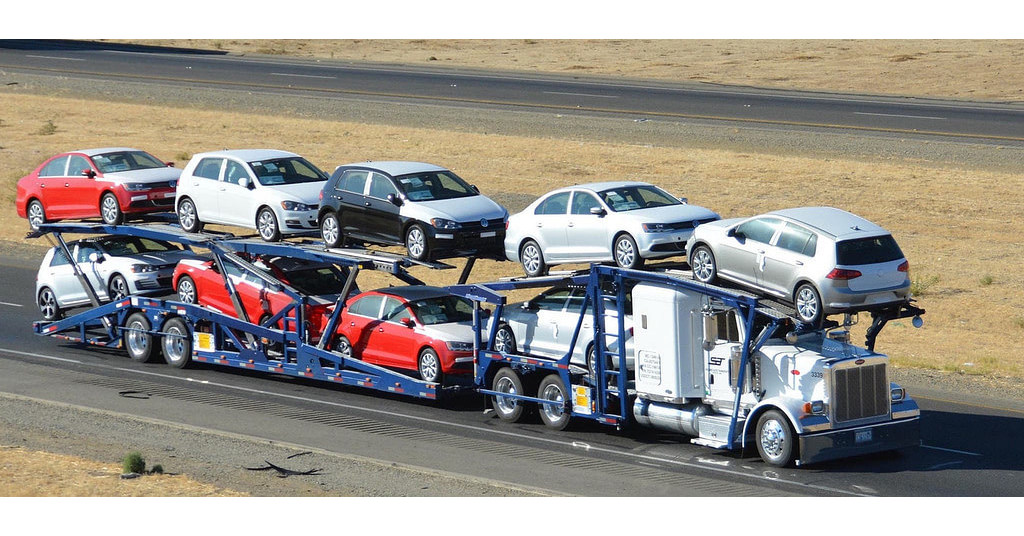In the vast automotive landscape, the seamless movement of vehicles from manufacturers to dealerships or across borders is a crucial aspect of the industry. At the heart of this logistical ballet are car transporters – the unsung heroes responsible for ferrying cars safely and efficiently to their destinations. In this blog, we will delve into the evolution of car transporters, exploring their types, functionalities, and the role they play in shaping the automotive ecosystem.
Evolution of Car Transporters:
The concept of car transporters has a deep-rooted history, evolving alongside the automotive industry itself. In the early days, cars were primarily transported by rail or individually driven from manufacturers to dealerships. However, as the automotive sector burgeoned, the need for more efficient and cost-effective transportation became evident.
Enter the car transporter, a specialized vehicle designed to carry multiple vehicles at once. The first car carriers were rudimentary compared to their modern counterparts. They often consisted of a flatbed truck with a capacity to carry only a few vehicles. Over time, technological advancements and innovative design changes have transformed these transporters into the sophisticated machines we see today.
Types of Car Transporters:
- Open Car Transporters:
- Open car carriers are the most common type and are easily recognizable on highways. They consist of a trailer with multiple levels for vehicles, exposed to the elements. While cost-effective and widely used, open transport exposes vehicles to weather conditions and road debris.
- Enclosed Car Transporters:
- Enclosed car transporters offer a higher level of protection. Vehicles are shielded from the elements, making them ideal for transporting high-end or classic cars. However, they are less common and usually come at a higher cost.
- Multi-car Transporters:
- Multi-car carriers are designed to transport several vehicles at once, maximizing efficiency. These are often seen on long-haul journeys, reducing the overall cost per vehicle transported.
- Single Car Trailers:
- Single car trailers are smaller and more maneuverable, often used for short-distance transport or in areas where larger carriers may face logistical challenges.
Role in the Automotive Ecosystem:
Car transporters play a pivotal role in ensuring the timely and safe delivery of vehicles to dealerships and end consumers. Their efficiency impacts the entire automotive supply chain, influencing production schedules, inventory management, and customer satisfaction.
- Efficiency and Cost-effectiveness:
- Car transporters optimize logistics, allowing manufacturers to move vehicles in bulk, reducing transportation costs per unit.
- Globalization of the Automotive Industry:
- Car transporters facilitate the globalization of the automotive industry by enabling the smooth movement of vehicles across borders. This is particularly crucial in a world where automotive manufacturers operate on a global scale.
- Preservation of Vehicle Quality:
- Enclosed car transporters help preserve the quality of vehicles during transit, ensuring that they reach their destination in the same condition as when they left the factory.
Conclusion:
In the grand symphony of the automotive industry, car transporters play a vital role in orchestrating the movement of vehicles across vast distances. From humble beginnings to the sophisticated machines we see today, these transporters have evolved to meet the ever-growing demands of the automotive sector. As technology continues to advance, we can expect further innovations in the realm of car transporters, shaping the future of vehicle logistics and ensuring the wheels of the automotive world keep turning smoothly.
